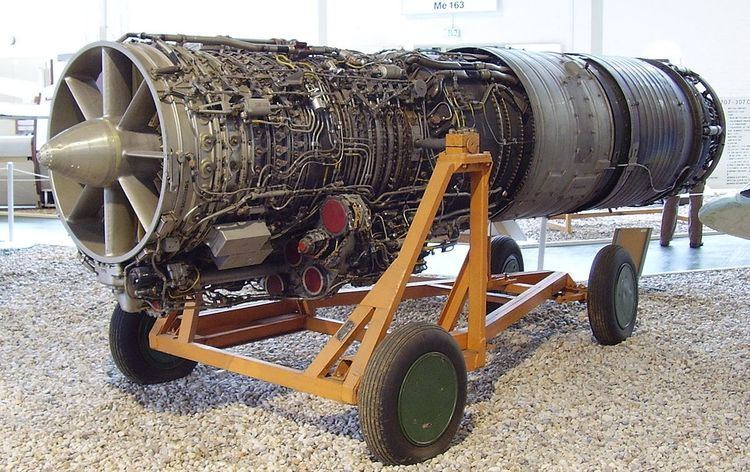 | ||
The Lyulka AL-21 is an axial flow turbojet engine created by the Soviet Design Bureau named for its chief designer Arkhip Lyulka.
Contents
Design and development
The AL-21 is similar in power and technology to the General Electric J79 first flown in 1955 which was first engine for supersonic flight using the variable stator. Western analysts believe they were designed by reverse engineering a J-79 engine which was most widely used on the F-4 Phantom from a plane shot down in Vietnam.
After the fall of Soviet Union, it's became clear that AL-21F3 turbojet engine is different and more advanced design than J-79. It sucks in more air, compresses it more, and burns it hotter. AL-21F3 is a later design and superior in all respects. Its compressor is much more advanced getting more compression from less stages. It is generally described as being in the "third generation" of Soviet gas turbine engines which are characterized by high thrust-to-weight ratios and the use of turbine air cooling.
The AL-21 entered service in the early 1960s. With later marks AL-21F3 it was used in the Sukhoi Su-17, Sukhoi Su-24, Ground-attack variant Mikoyan-Gurevich MiG-23, and Sukhoi T-10 (Sukhoi Su-27 prototype). A non-afterburning version powered the Yakovlev Yak-38 VTOL fighter.
